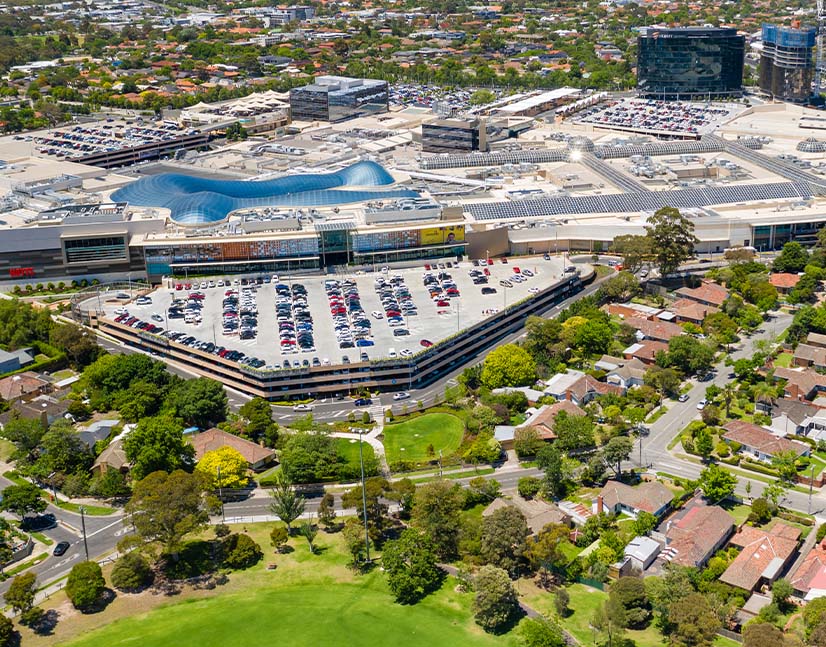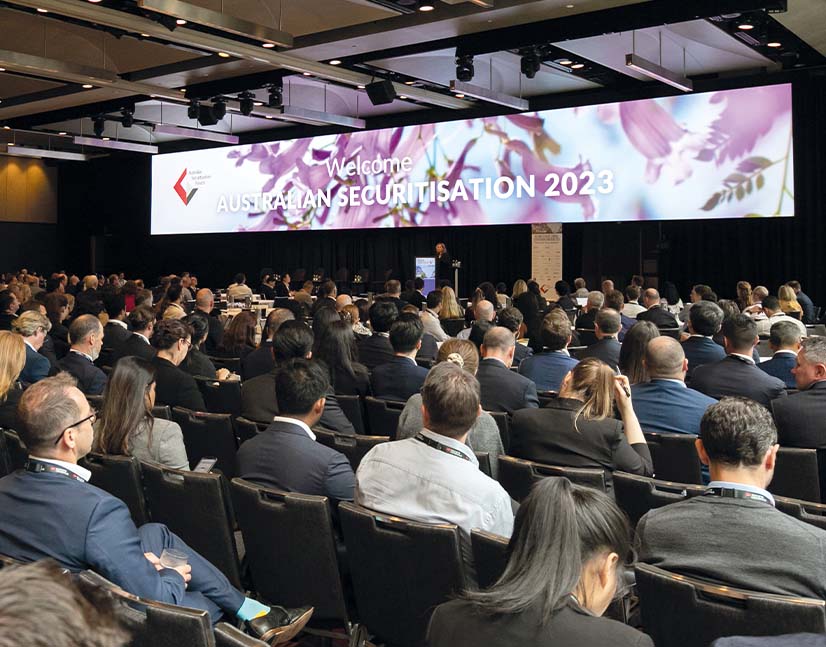
Securitisation sets flight path to minimise turbulence
The Australian and New Zealand securitisation sector has grown significantly in recent years, driven by a proliferation of nonbank lenders. With rates rising for the first time in years and an economic downturn on the horizon, the market is readying itself for ongoing challenges. But participants at the Australian Securitisation Forum’s annual conference, which attracted a record attendance to Sydney at the end of 2022, say the industry is well positioned to manage them.
“Last year started well but became a rollercoaster due to a combination of the war in Ukraine, rapidly rising inflation across the globe, rising interest rates and the ongoing and lingering effects of the pandemic. Despite this, Australian issuers were able to raise more than A$30 billion of RMBS and A$6 billion in ABS.”
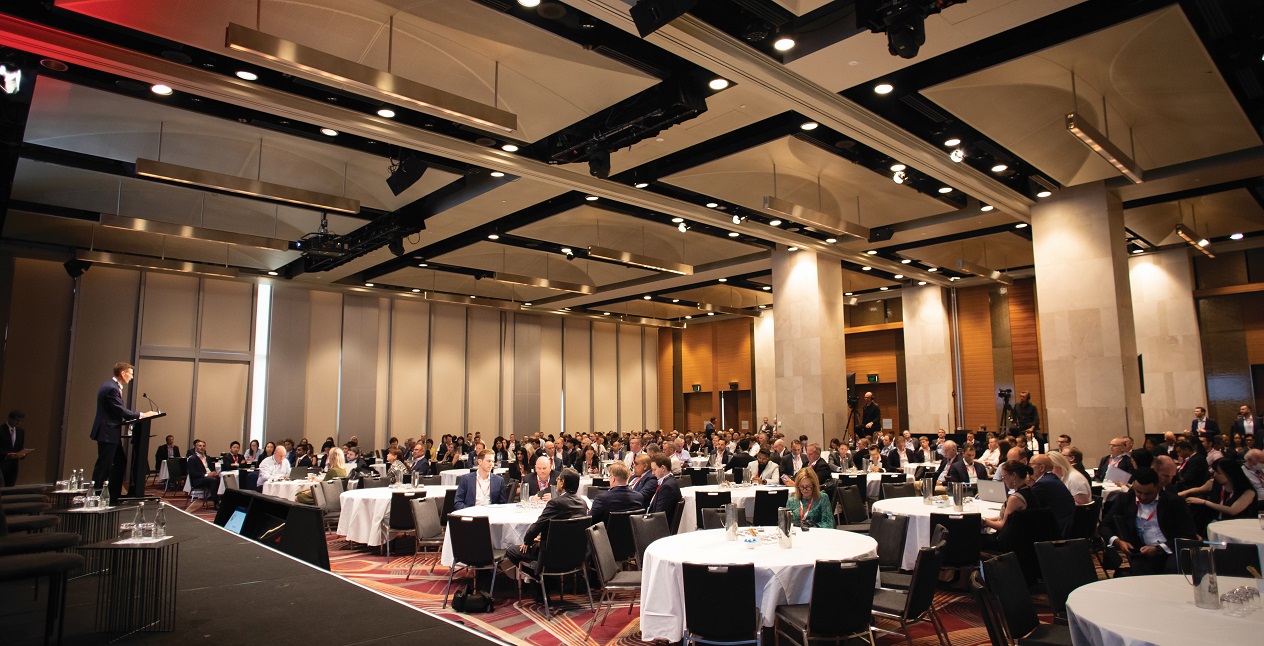
“We executed our second auto deal in the middle of 2022 and the main challenge was market volatility in general rather than specific investor support. We responded with a lot more pre-engagement with investors, and we had two ratings and risk retention requirements – which wasn’t the case previously.”
“The UK sell-off was a major coughing out of assets but it was idiosyncratic to the UK – the market knew it was not a systemic problem so it was keen to bid. Similar BWICs after the financial crisis suffered from a lack of information, but this time we had it. We were able to bid with a degree of confidence."
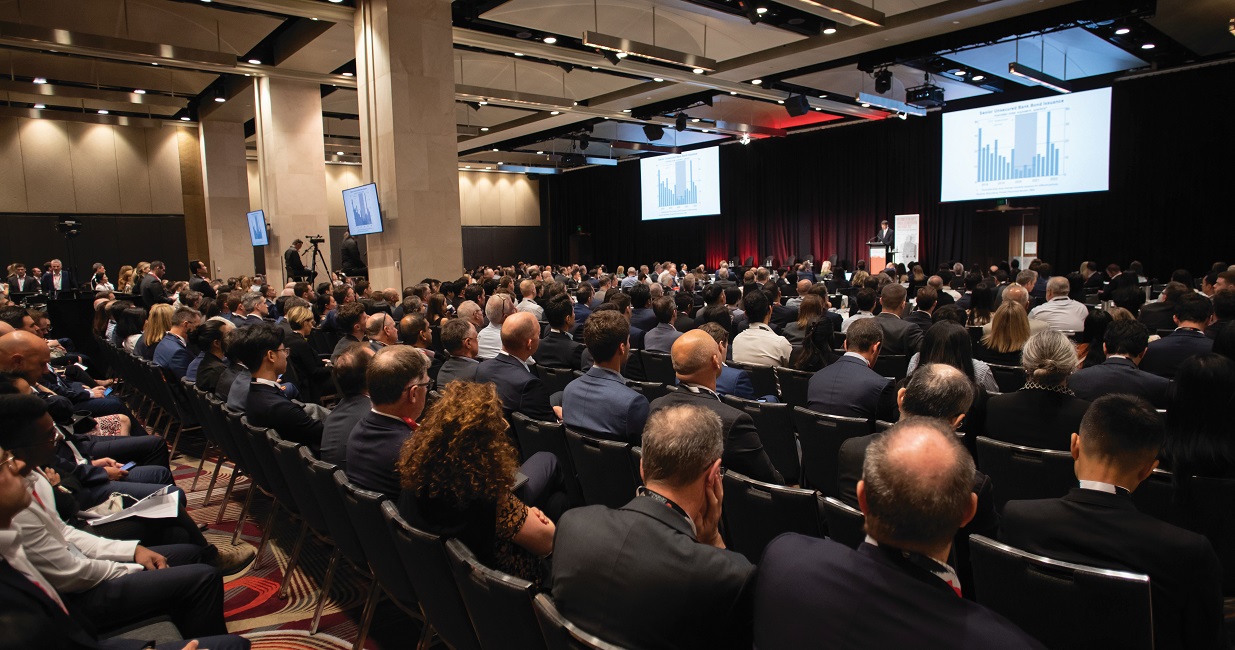
“Households have strong balance sheets and unemployment is still at a record low, which means borrowers can still service their debt. Arrears are low across all our products, although we are seeing signs of an increase. The outlook is coloured by the fact that the Australian and New Zealand reserve banks appear to have different hiking profiles.”
“Arrears for auto ABS and RMBS are at record lows, and the performance of the Australian asset portfolio has continued to be fairly good through COVID-19 and now the higher interest rate environment. There have been very few downgrades and a significant amount of upgrades as losses have not materialised.”


“Ultimately, we are price takers so we need to be able to increase our pricing to meet the market. This means liquidity is an ongoing priority in our growth strategy. Managing a fixed-rate portfolio in a rising rate environment poses some challenges but we have benefited from a book that has been in runoff and, with strong origination volume, we have been able to increase pricing on a regular basis.”
“Some lenders exited the market during the Melbourne lockdowns as their diminished visibility decreased their willingness to lend. We had data, which made all the difference. The opportunity for us will be similar in 2023: we can see from our book that SMEs have typically built up solid cash buffers. A lot of views on the economy are built on misconceptions.”


“We are playing in prime mortgages against some of the largest organisations in the country, so technology is ultimately about how we build an advantage. This means how we use technology to increase efficiency and deliver great experiences in the origination process, and also deliver high-quality portfolios for funders at the other end.”
“The low interest rate environment and housing boom helped drive innovation in the origination process to increase the efficiency of credit risk assessments. As the cost of capital rises in a slowing housing market with leveraged borrowers, we will see digital transformation in the middle and back office through the adoption of digital-first operating models.”
“Coming out of COVID-19, we were aware of the known unknowns and we have tried to factor in a few unknown unknowns. We adjusted credit standards and, given our book’s tenor is quite short, we were able to recalibrate very quickly. The cohorts coming after the end of 2020 through 2021 and 2022 have converged where we expected them to be.”


“We are seeing dynamics changing across the short-term market. Banks have started issuing quite a bit of short-term funding and they are likely to continue, to help get through the two big TFF maturity humps. At the same time, they must buy a lot of government and semi-government bonds. As a result, EFPs widened significantly toward the end of 2022 and we are seeing significant competition in the deposit market.”
“Lead managers are focused on minimising execution risk, which really boils down to three things: deal size, soft sounding and the launch process. We might launch with a deal size of A$300-500 million where, a year ago, larger size was much easier. The soft-sounding process is also totally different. We wall cross as many investors as we can prior to the mandate announcement and most of the tranches need to be locked up before the deal is announced.”

“Inflation is no longer just about energy prices and other external shocks. It is about domestic dynamics: firms trying to pass on their elevated costs and workers trying to recoup some of their real income losses. They are able to do this at the moment because of very strong labour market conditions. Our view is that the labour market story will remain the key input.”
“We expect the cash rate to go to 3.85 per cent by May 2023 and the risk is that the RBA goes higher. We expect inflation to peak in the December quarter of 2022 – after which headline CPI should slow considerably, helped by supply-side factors. But getting inflation back into the RBA’s target band will not happen until late 2024 or early 2025.”

“The consumer story may be tough in 2023. We saw a big drop in department store spending and other discretionary items in 2022, which we expect to continue into 2023. The labour market is doing well and households have considerable savings, but we are seeing more pressure from things like higher rent and food prices.”
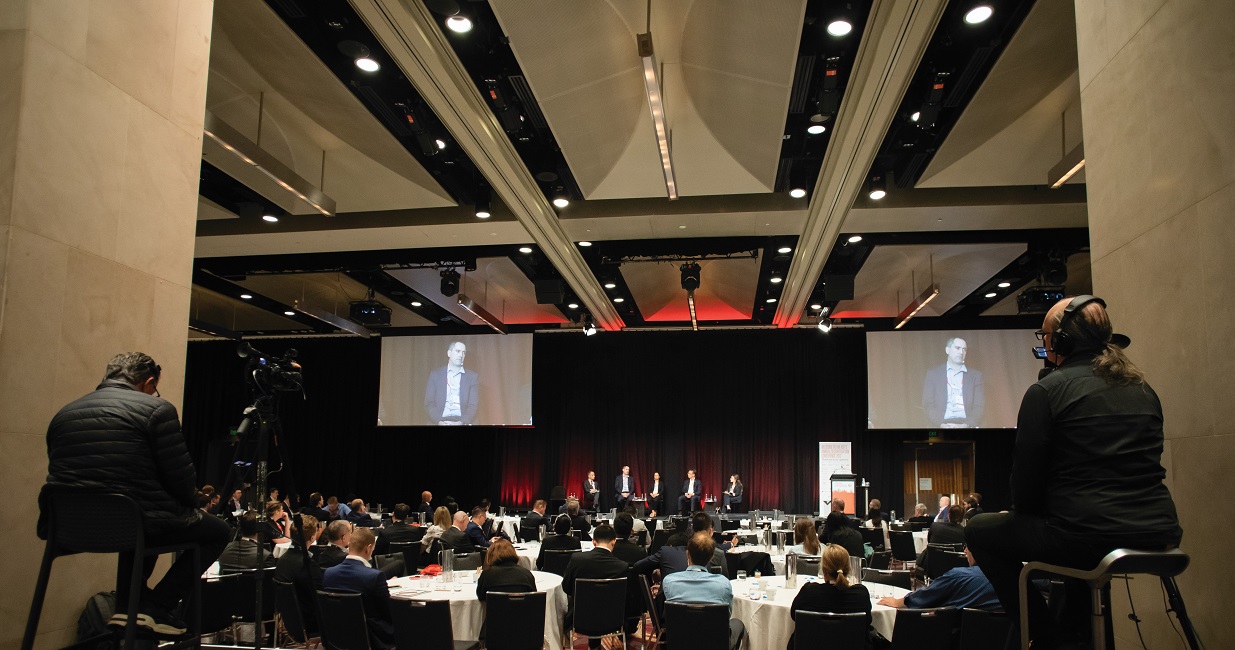
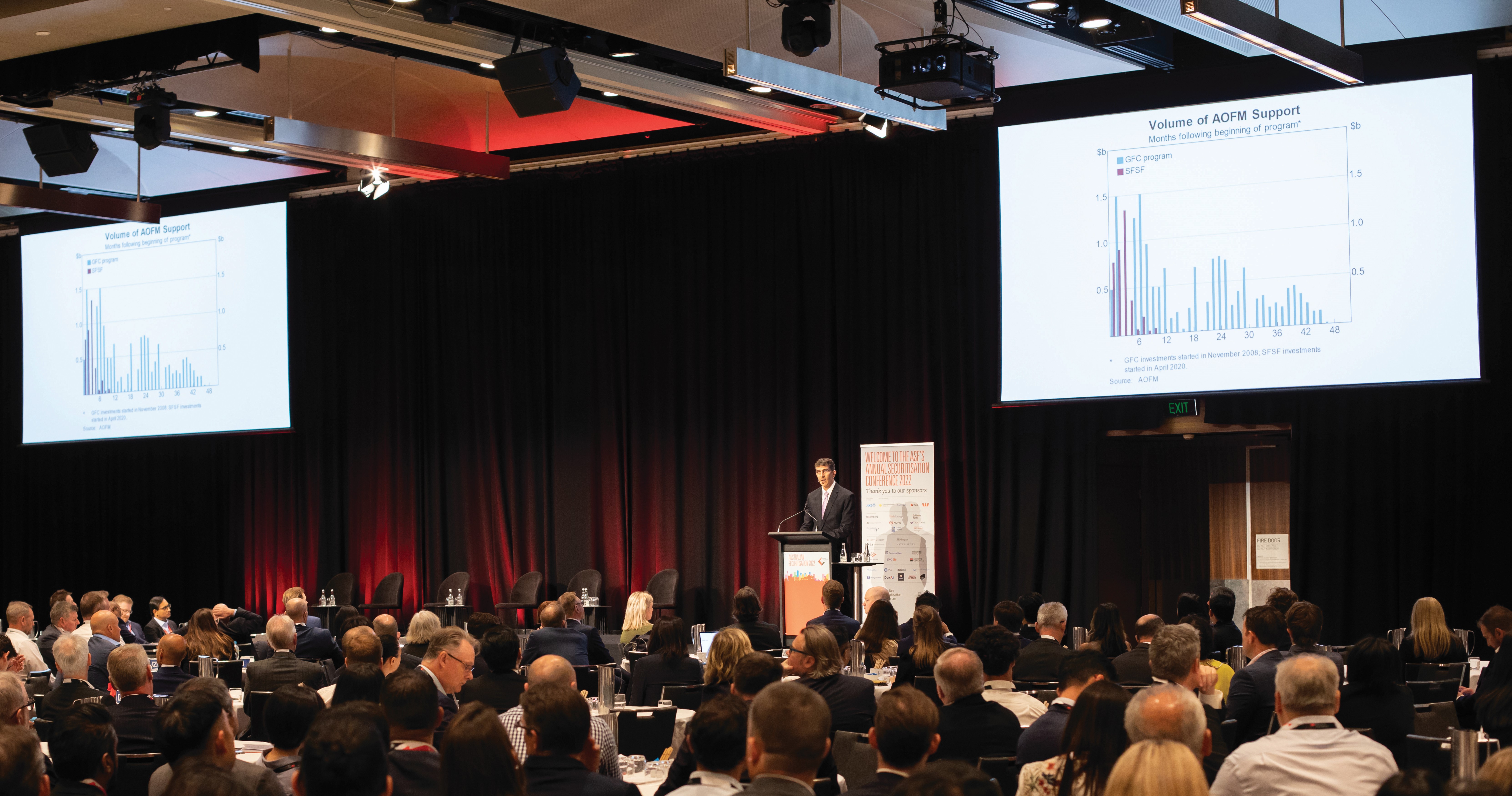
“In 2022, close to half of allocations from Australasian trades we were mandated on went to offshore investors, whereas slightly less than one-third went offshore in 2021. This reflects the improved relative value Australian securitisations offer to overseas investors, coupled with reduced issuance in the US and Europe.”
“US investors are still comfortable with the performance of US issuance. It is holding strong from a loss perspective and in fact we are seeing normalisation there. Investors are focusing on technicals: CPI data, how aggressive the Fed has been and will continue to be, and how bonds will perform as they face accelerating redemptions.”


“The biggest problem with Australian ESG RMBS is lack of volume. If we continue to see just one-off deals, it is quite hard for Japanese investors to go through their approval processes. With a more consistent market there will be more interest, because investors can categorise it as a stable investment.”
“Securitisation is starting to look very attractive for many local investors. It is hard to see nonbank prime deals printing much wider than they are now – the structures wouldn’t work – so originators may need to slow their originations. This could feed through to lower supply, which would help support a stronger bid. Breakevens are looking a lot more attractive at these wider levels.”

“Good overall issuance volume in 2022 really belies a lot of the challenges in getting transactions to market. A great deal of work has been done by issuers to get deals on screens, including a lot of pre-placement activity, club-style arrangements and lead-manager support. We have also seen smaller deals, which has minimised execution risk.”
“Smaller debt investors can find it difficult to create genuine change with respect to ESG. This is not the case in whole loans, where we have more control over borrower outcomes. There are also opportunities to work with lenders to create innovative sustainability-linked products that may not suit standard securitisations.”
“In some ways, nonbanks have turned into asset managers – and I think the future of the business is to be able to manage assets as well as having the capacity to originate and fund them. In 3-5 years, we will see more regular and predictable flows – and in this sense the ability to morph into an asset manager will be a significant evolution for the nonbanks.”

“If climate events continue to occur in areas that have been hit in the past, lenders will typically have policies in place that limit exposure to affected arears and manage the risk through minimising portfolio exposure. If the affected areas change over time, especially if it happens quickly, lenders will need to adjust their credit appetite to these new emerging risks, otherwise they might have larger exposures in new flood or fire areas.”

“Industry-wide, there is certainly an acceptance of climate risk and there will continue to be growth in engagement. Leading up to the federal election – and subsequently – there was broad partnership and a sense of collaboration to address some of the challenges, the biggest and most obvious being the collection of data and its accessibility.”

“Multiple factors have been at play in supporting global auto ABS markets. The significant supply chain issues prevalent in all jurisdictions have propped up prices for new and used cars, government support has benefited securitisations, most auto loan products are fixed rate, and investors have been keen for shorter-dated instruments. All in all, auto ABS has performed very well.”
“The loans we wrote that went through the financial crisis did fairly well. Between then and now, regulations and standards have become even more stringent. We are writing better quality loans today so, from our perspective, we are going into this period of uncertainty in the best shape we have ever been in from an asset quality and a balance sheet perspective.”
New Zealand’s mortgage market is in a good place as we head into uncertainty. House prices have declined by about 12 per cent over 2022 and our economists expect a 22 per cent decline, peak to trough. But our loan books are in a good place – LVR rules have been in place for a long time and this is when the benefit of stringent rules comes to fruition.


HIGH-GRADE ISSUERS YEARBOOK 2023
The ultimate guide to Australian and New Zealand government-sector borrowers.

nonbank Yearbook 2023
KangaNews's eighth annual guide to the business and funding trends in Australia's nonbank financial-institution sector.

WOMEN IN CAPITAL MARKETS Yearbook 2023
KangaNews's annual yearbook amplifying female voices in the Australian capital market.







